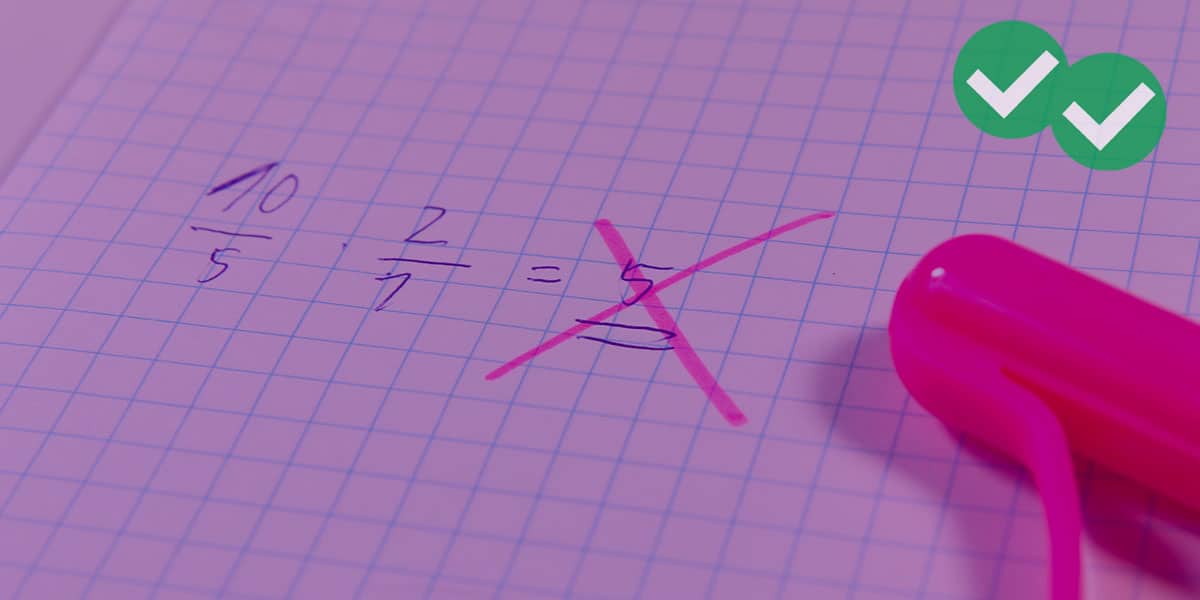
Learn one of the handiest tricks for math without a calculator!
Without a calculator, what is
1. 35 x 12?
2. 150 x 36?
3. 125 x 84?
On the GMAT, you don’t get a calculator. With the doubling and halving trick, all of these become much easier.
Thinking about multiplication
Every positive integer has a unique prime factorization — that is to say, there is a unique way to express each whole number as a product of prime factors. Therefore, whenever we multiply to positive integers, we can think of this the product of the prime factors of one times the product of the prime factors of the other — two big collections of factors being multiplied together. Furthermore, the associative law the commutative law tell us we can multiply in any order — we could even swap around factors from one number to the other, and the overall result of the multiplication would not change.
Doubling and halving
Suppose one factor ends in 5, and suppose the other factor is even. In this case, we know the even factor must be divisible by 2, so we can easily remove a factor of 2 from that one (thereby “halving” it) and multiply the multiple of 5 by 2 (thereby “doubling” it), which will make that one a multiple of ten. In this process, both numbers become simpler, and the multiplication often becomes something you could easily do in your head.
For example, consider the multiplication 15 x 16. At first glance, that looks not-fun without a calculator. Now, we will perform “doubling and halving.” Remove a factor of 2 from 16, so 16 becomes 8 — it “halves.” Give that spare factor of 2 to 15 — multiply 15 by 2 to get 30. Therefore, 15 x 16 = 30 x 8 = 240. After using the doubling-and-halving trick, the problem just becomes one-digit multiplication, with an extra zero along for the ride.
In the case of 25 x 44, we can do doubling-and-halving once —- 44 becomes 22 and 25 becomes 50 —- to get 25 x 44 = 50 x 22. That’s better, but we can do doubling-and-halving again —- 22 becomes 11 and 50 becomes 100 —- so that 25 x 44 = 50 x 22 = 100 x 11 = 1100.
Take another look at the problems at the top, and see if you can simplify them with the doubling-and-halving trick before reading the solutions below.
Practice question
Here’s a free GMAT practice question on which you can use this trick.
4) http://gmat.magoosh.com/questions/331
Solutions
1) Halve 12, so it becomes 6. Double 35, so it becomes 70. 12 x 35 = 6 x 70 = 420.
2) Halve 36, so it becomes 18. Double 150, so it becomes 300. 150 x 36 = 300 x 18 = 5400.
3) Halve 84, so it comes 42. Double 125, so it becomes 250. 125 x 84 = 250 x 42. Now, perform the trick again. Halve 42, so it becomes 21. Double 250, so it becomes 500. 125 x 84 = 250 x 42 = 500 x 21.
Now, notice that 21 = 20 + 1, so 500*21 = 500*(20 + 1) = 500*20 + 500
Apply doubling & halving one more time, 500 to 1000, and 20 to 10:
500*21 = 500*20 + 500 = 1000*10 + 500 = 10000 + 500 = 10500.
No calculator, no problem!





